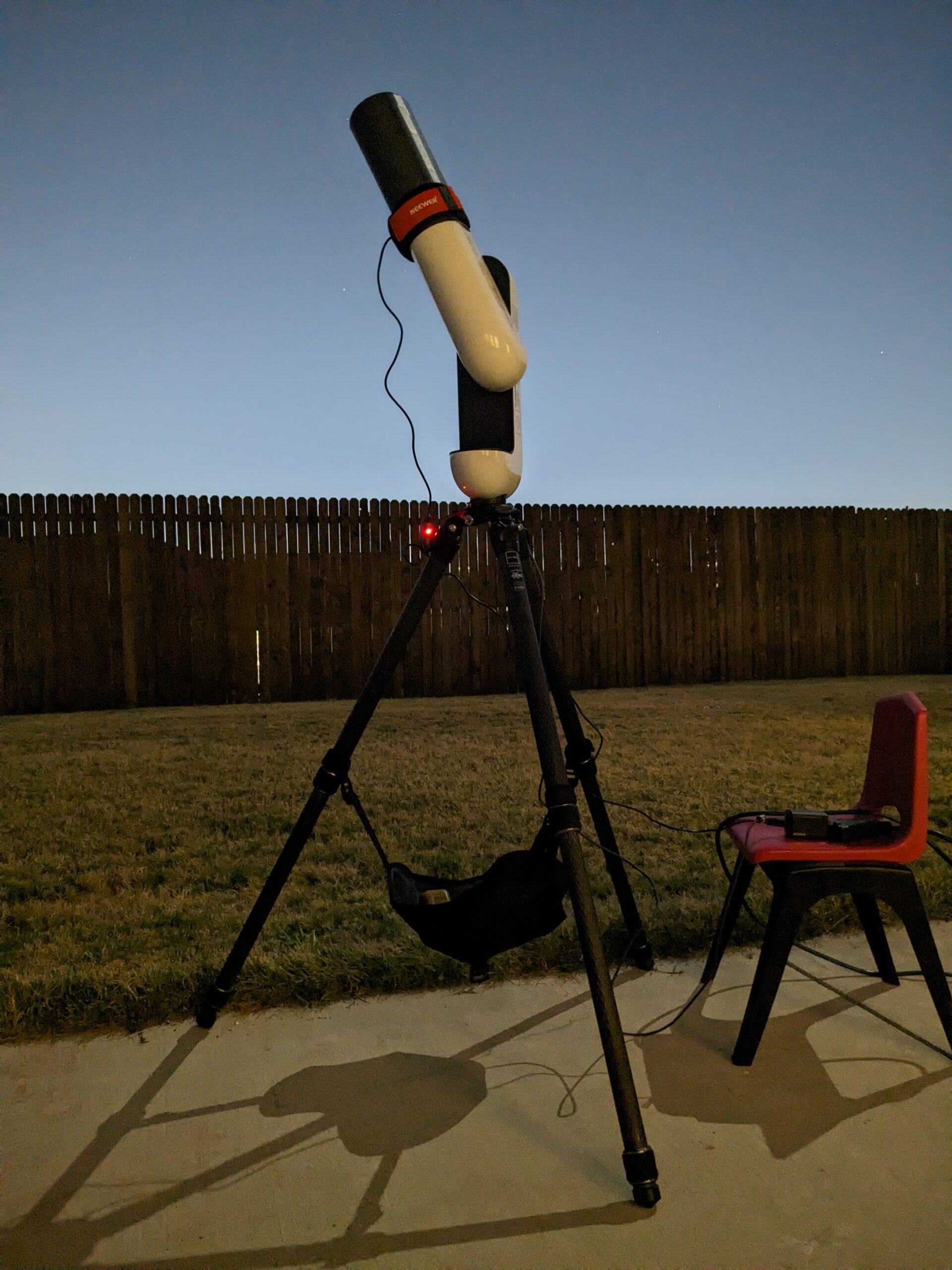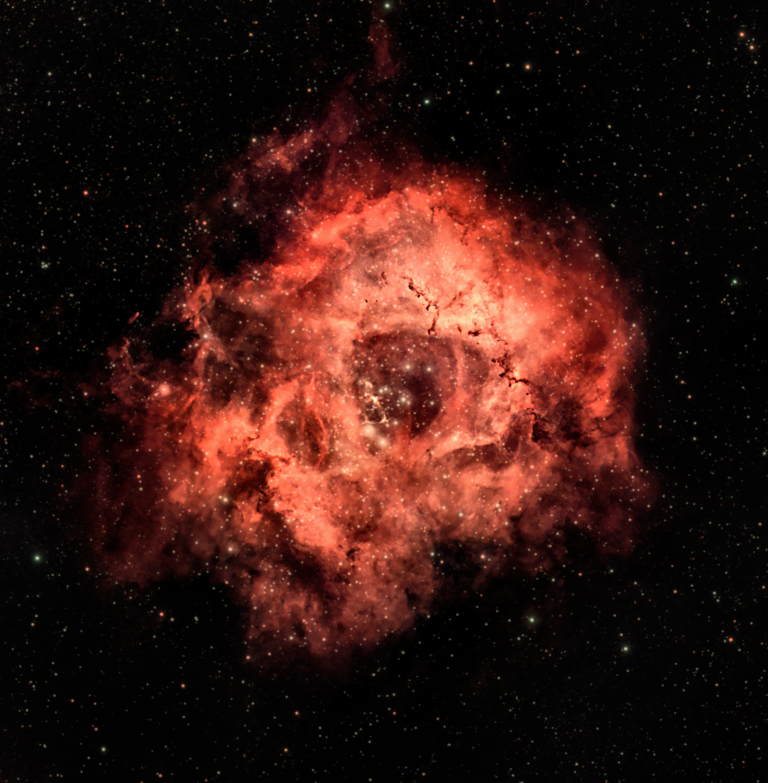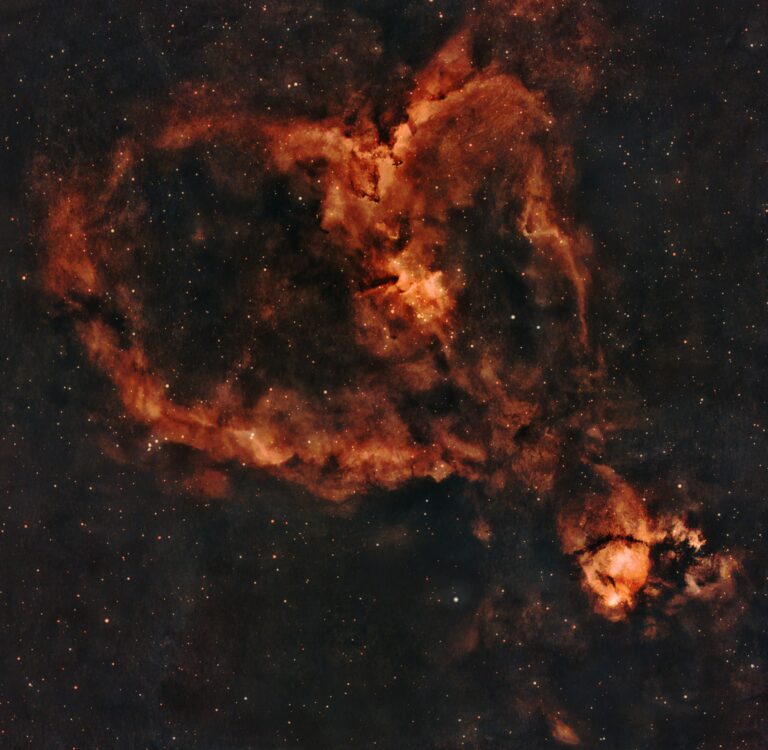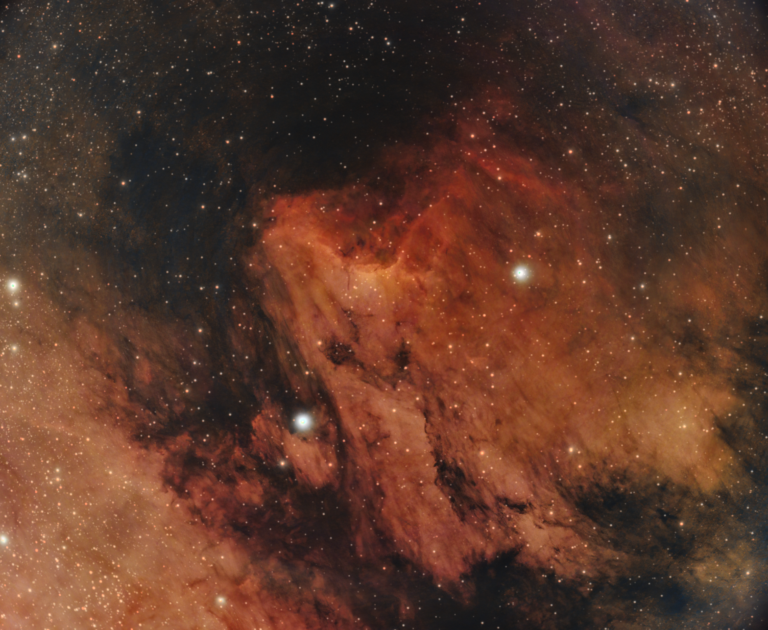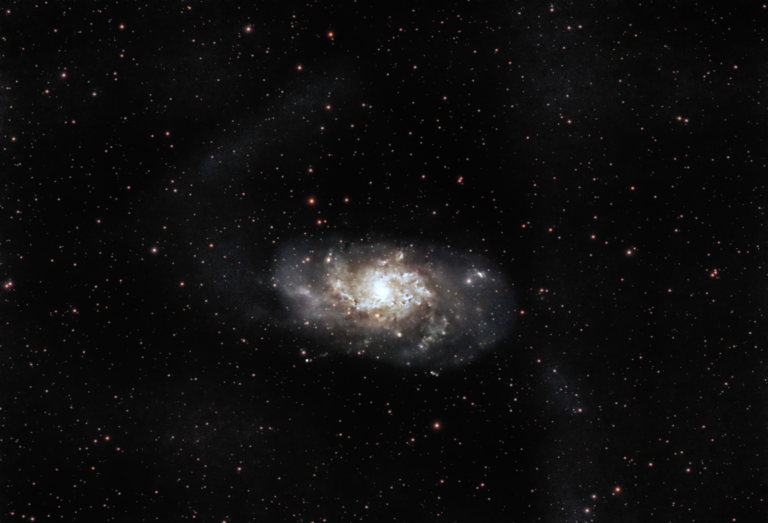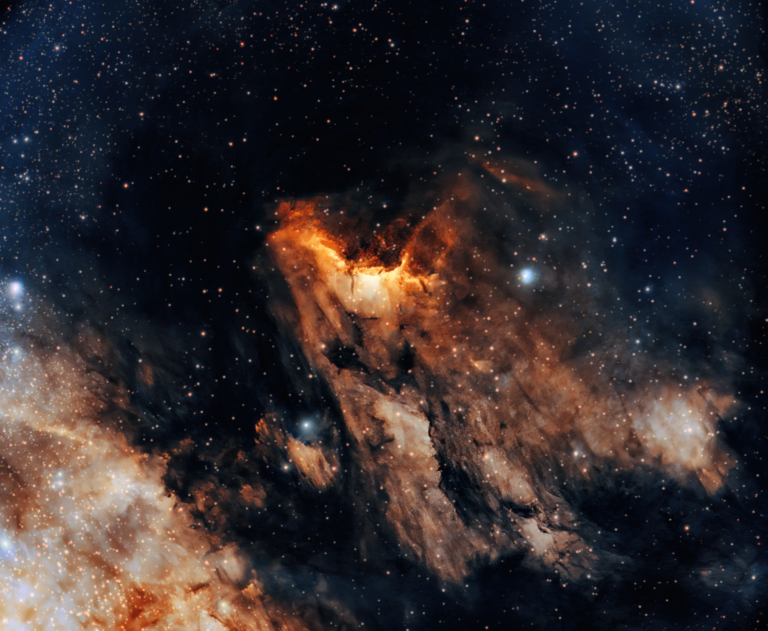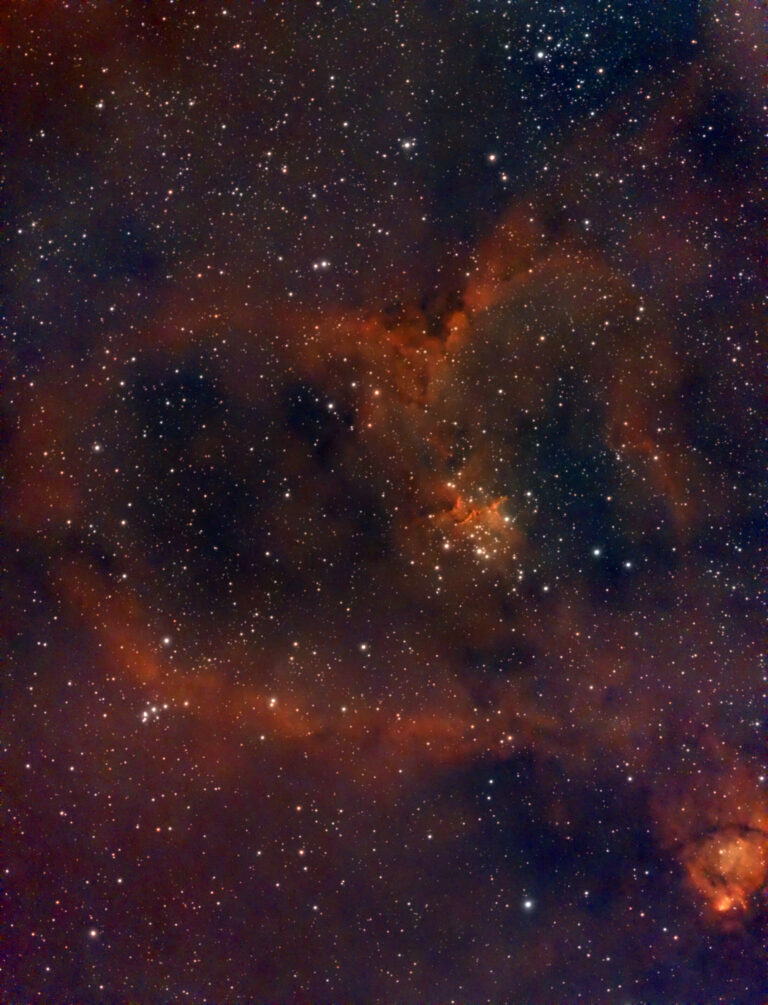Vaonis Passengers – An early review
Let’s start off by saying that I am by no means an astro expert. This early review comes from someone just starting out in the hobby of astrophotography.
While some would claim that using a “smart” telescope isn’t true to the hobby, I would disagree by saying that not everyone has the time to put into a proper rig from the get go.
My interest in astro comes primarily from the editing and data processing side, not necessarily from the capture itself. Maybe if I lived in a less light poluted area and partook in visual astronomy that would be different.
While I do have an interest in – eventually – having a more advanced setup comprising of an equitorial mount mated to a refractor and dedicated astro cam, I’m also the type of person who can easily talk themself into spending a few grand more now to “save money later”. You know what that’s like.
Data, Data, Data
So, prior to getting this Passengers, I was shooting untracked. Benefits? Well, I got to use my existing equipment. The biggest issue was that my exposures were limited to 1 second.
That in and of itself caused issues when I started trying to stack datasets consisting of 5,000+ images. I mean, my first ever stack of M31 was 15k photos. That used ~20TB of space on my NAS and took just under a week to stack.
Thus, the biggest benefit I foresaw from getting anything automated was not only that I didn’t have to be outside constantly… but that my exposure times are now 10 seconds. That’s 10x less data to process!
If I only had 1.5k photos to stack, my pc would be done overnight. And… not use 20TB of space just to stack a single target.
Mosaics
Okay, so the selling point to me of the Vespera (OG or Passengers) is the mosiac feature – covalens as Vaonis calls it.
Simply put, for an alt-az mount, it’s really quite brilliant. Your “mosaic” size and dimensions can be customized in app to fit the object you’re shooting. I tend to go for a square, but you could change that to a tall rectangle to fit the California Nebula if you wanted.
Now, it isn’t all roses. Everything has its downside, and with the mosiacs it’s overhead. For a 10 second exposure, roughly five seconds is given up to processing. This is pretty steep, especially when you consider that a full night of shooting one target will only ever really yield up to 4’ish hours of data. I truly hope that Vaonis is working on improving this. Even a 10% improvement in overhead would have massive benefits for long exposures.
Another area is something I’ll simply call data uneven’ness. Or data irregularity. When you choose a big mosiac, it takes longer for the algorithm to finish capturing, stacking, and dithering an entire frame. That means that while you captured an hour of data, that may have only been enough for covalens to finish a single pass. In my experience so far, this has yield data that was nearly impossible to work with.
For the resulting tiff’s to be usable, I believe 4-5 passes are necessary. Luckily, every succeeding pass takes far less time than the first. But still, you’re looking at at least 2-3 hours of data to get useable data.
At the end of the day, I can safely say I still love the feature. I’m more than happy to take that penalty with an alt-az mount if it means I get the framing that I want.
Software
The last thing I really wanted to talk about is the companion software that is required to use the hardware. The apps are only available on Android or iOS – no windows/macos versions.
This obviously has pros and cons, but I think most people will be okay with using an app. Coming from a position of authority (I’ve been writing and releasing Android apps since 2008), I can say the app is mostly well done.
There are some tweaks here or there that I’d make, but I haven’t really experienced many crashes or other glitches that have impeded my ability to use the Vespera.
What’s a Dew Shield?
Okay, this is the one thing that I don’t really understand. Why, why why Vaonis!? Why don’t you have a dew shield that you sell? I know that you want the Vespera to be slick.
But I just don’t understand. So, in the spirit of ingenuity and in the absence of a 3d printer, I made my own dew shield that comes off when the Vespera closes. Let me warn you though, it’s pretty bad lol.
But, it works. I’ll make a V2 that’s better built someday.
In (early) Conclusion
It’s safe to say that, as things stand, I’m really quite happy with the Passengers. While quite pricey, it did have a nice tripod in my opinion. Maybe not worth the brand-new price of $1200, but nice nonetheless. Taking that into consideration, the passengers is a pretty sweet deal.
I’m looking forward to continuing my testing and figuring out the quirks of the unit. There’s a lot of speculation online on how to squeeze out the best images from the Passengers.
